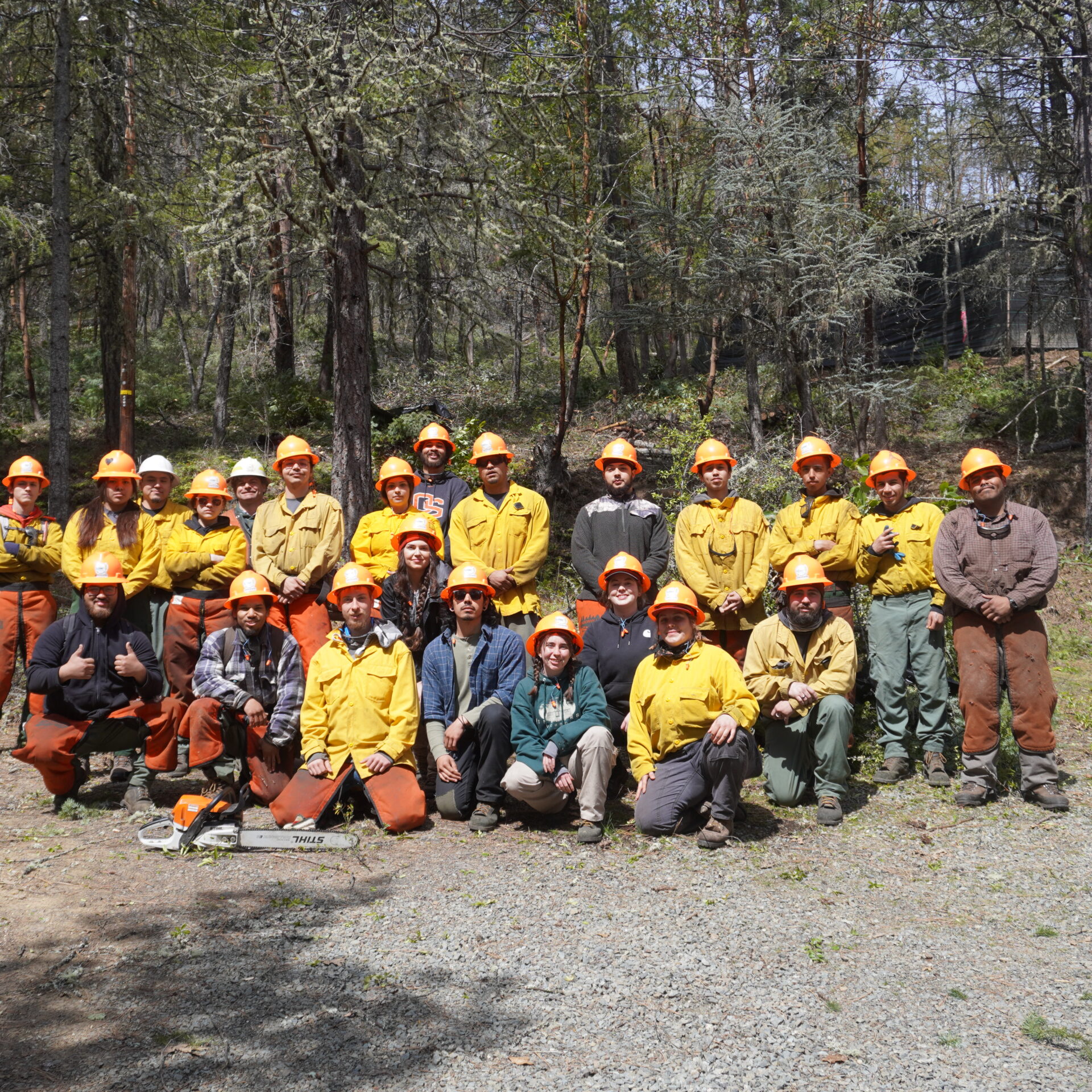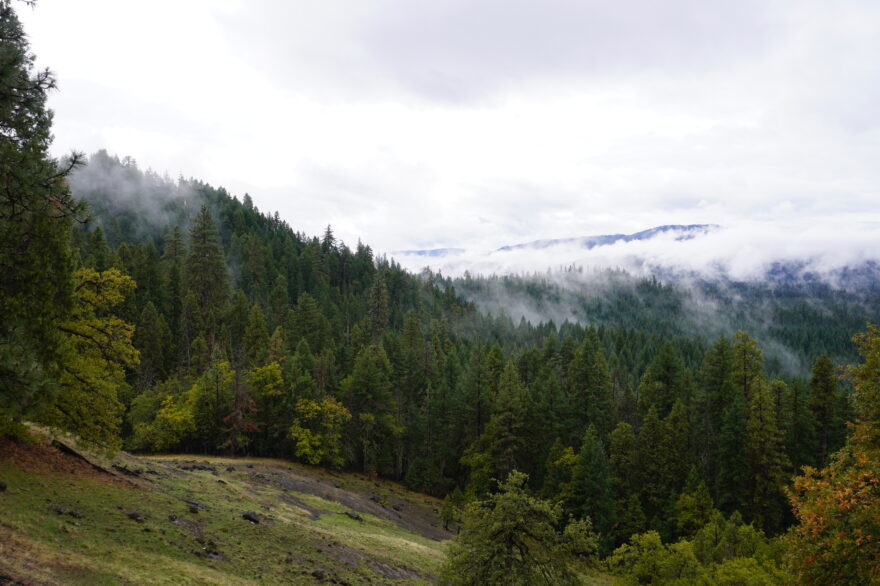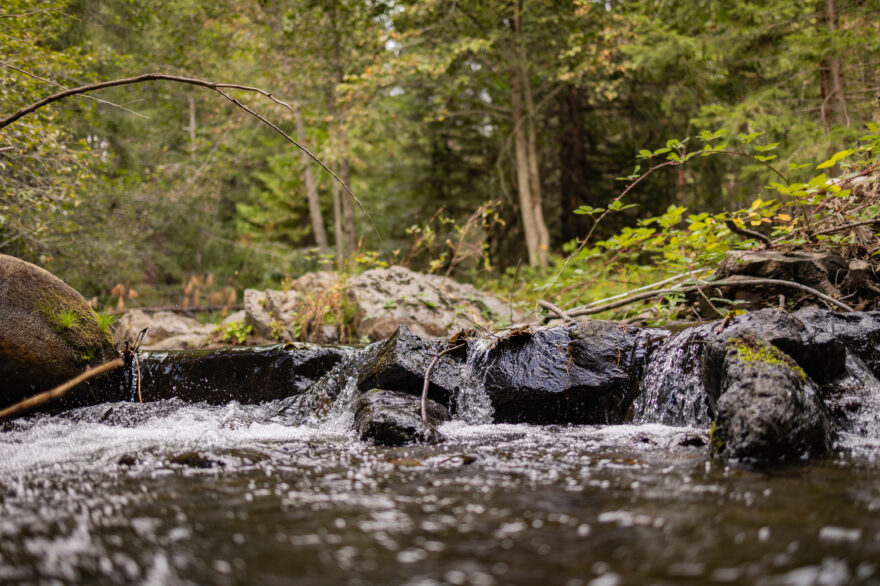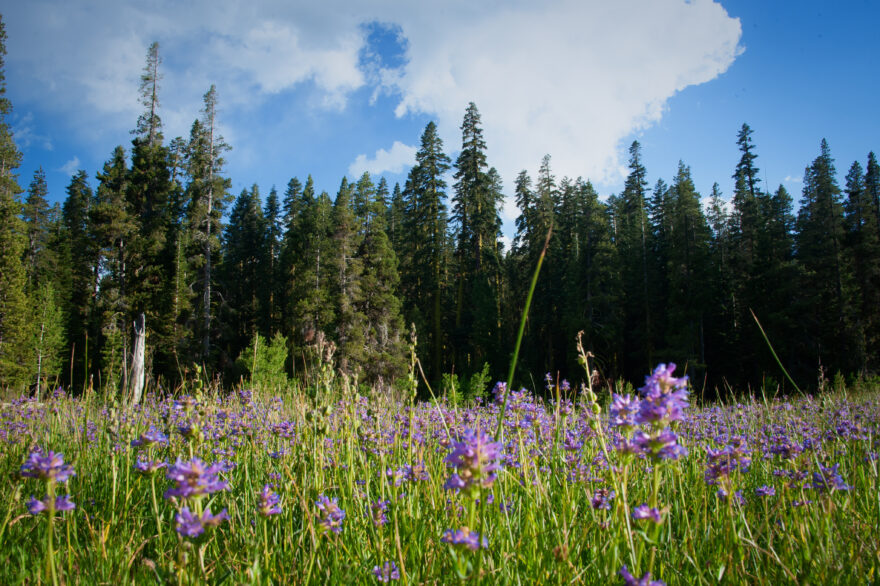Implementation Partners
Rogue River-Siskiyou National Forest

Key to enacting the Forest Resilience Bond is our partnership with implementation partners – the organizations that perform the on-the-ground restoration work.
In the North Yuba River watershed, the National Forest Foundation is using the FRB to increase the pace and scale of the Yuba I and Yuba II projects to reduce wildfire risk and improve watershed resilience.
In the Rogue Valley, Lomakatsi Restoration Project has been restoring ecosystems and sustaining communities for over 27 years. They are instrumental in the Rogue Valley I FRB, restoring over 79,000 acres on the Rogue River-Siskiyou National Forest and adjacent lands. All the while providing workforce development and economic growth for the region.
On the Eldorado National Forest, the Upper Mokelumne River Watershed Authority is using the FRB model to advance efforts to reduce catastrophic wildfire risk in the Upper Mokelumne River watershed.
On the Okanogan-Wenatchee National Forest, Chelan County Natural Resources Department is leading implementation efforts alongside the Forest Service and local partners to reduce fire risk and safeguard the communities around Lake Wenatchee and Plain. Chelan County is the first county in the Pacific Northwest to leverage the Good Neighbor Authority to implement critical forest management practices on a National Forest.
Pheasants Forever is acting as the implementation partner for the Southern Oregon-Northeastern California I Watershed Resilience Bond (SONEC I WRB), supporting efforts to enhance watershed resilience across privately owned working lands. Pheasants Forever will manage contracts, finance the upfront project costs on behalf of landowners, and provide essential technical support to landowners, removing key barriers and increasing landowner access to and participation in working lands conservation programs.
The Sierra Institute for the Community and Environment (Sierra Institute) serves as the North Feather I FRB implementation partner, coordinating wildfire risk reduction treatments on the Plumas National Forest. Located in a critical watershed that supplies almost a third of Southern California’s water, the project area faces significant wildfire threats due to dense vegetation and remaining dead fuels from the 2021 Dixie Fire. To address these challenges, the Sierra Institute is overseeing a comprehensive suite of restoration activities, including vegetation management, hazardous tree removal, reforestation, invasive species control, prescribed fire, and hydrological improvements.


